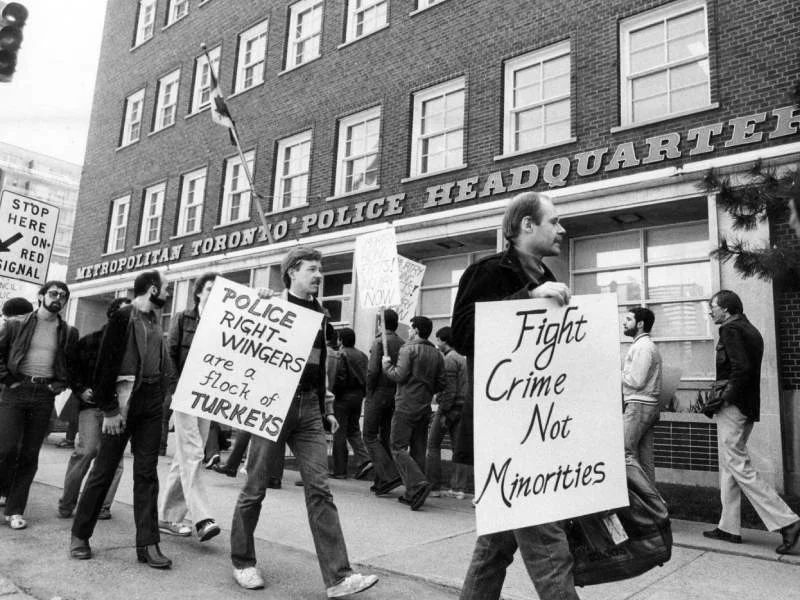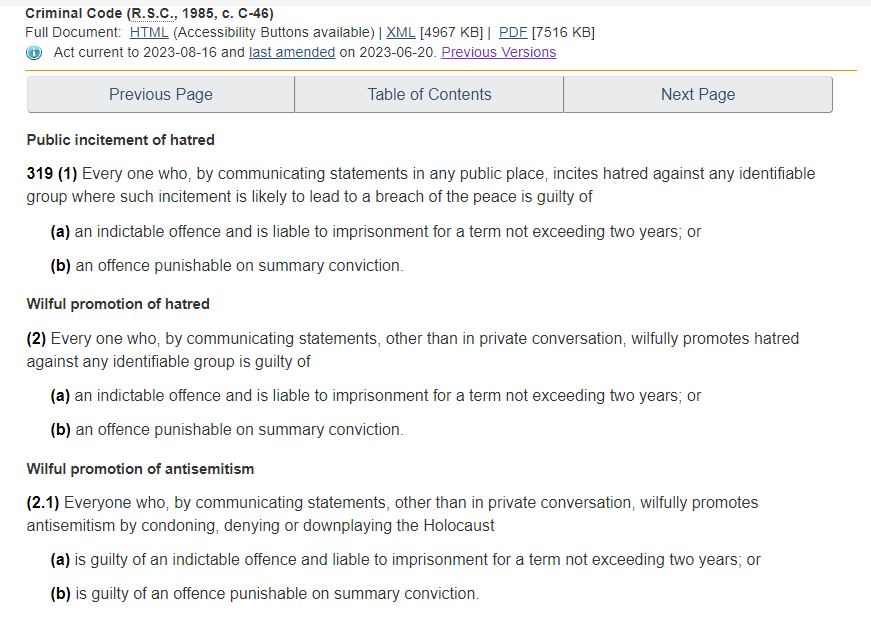Censorship in Canada Part 2
Part 2- The 1960s to 1990s: A Period of Cultural Revolution and Legal Challenges
(View on Substack)
The 1960s and 1970s were transformative decades for Canada, marked by a cultural revolution that challenged traditional norms and advocated for freedom of expression. Literature and media played central roles in this movement, leading to a gradual relaxation of censorship laws.
During this time, Canada experienced significant shifts in societal values and attitudes, particularly in areas of sexual liberation, civil rights, and artistic expression. The countercultural movement sought to break free from the constraints of censorship and promote more open dialogue on previously taboo topics. Literature and art became powerful vehicles for expressing dissent, individuality, and unconventional ideas.
Hoax of the 20th Century - Banned
However, not all artistic expressions were met with acceptance. One example is John Minnery's "How to Kill" series, which was banned in Canada in 1977 due to its violent instructional content. Additionally, Arthur Butz's book "The Hoax of the Twentieth Century," classified as "hate literature," faced scrutiny with the Royal Canadian Mounted Police destroying copies as recently as 1995.
In 1976, during the Montreal Olympics, Sherbrooke Street was transformed into an avant-garde art installation called Corridart, showcasing Quebec's art scene. However, Montreal Mayor Jean Drapeau deemed it inappropriate and ordered its destruction. This act of censorship sparked public outrage and debates on the boundaries of artistic freedom and public expression.
In the 1980s, Canada strengthened its laws against child pornography, acknowledging the importance of protecting vulnerable individuals from exploitation. However, this move, coupled with other censorship measures, contributed to Canada's reputation as a country known for its strict approach to censorship.
The Customs Act of 1986 granted Canadian customs officials the authority to seize and censor certain materials at the border. This act aimed to prevent the importation of obscene materials, hate propaganda, and other materials deemed harmful or contrary to Canadian values. While intended to protect Canadian society, this power also raised concerns about the potential abuse of censorship.
Canada has long-standing laws addressing hate speech, including provisions in the Criminal Code that prohibit the public incitement of hatred against an identifiable group. These laws reflect Canada's commitment to promoting inclusivity. Hate speech is not a crime if it is not directed at a member of an identifiable group.
In 1987, the Canadian Broadcasting Standards Council (CBSC) was established as a self-regulatory body for private broadcasters to handle complaints related to content. While the CBSC sets standards and guidelines for broadcasters, it lacks the power of legal censorship. This approach attempts to balance the need for content regulation with respecting freedom of expression.
The Broadcasting Act of 1991 governs broadcasting and telecommunications in Canada. While it aims to promote Canadian culture and protect Canadian values, it includes provisions related to the censorship of broadcasting content deemed against public interest or in violation of certain standards. This act reflects the ongoing struggle to maintain a delicate equilibrium between cultural preservation and artistic freedom.
The 1990s witnessed various controversies surrounding artistic expressions. In 1993, Eli Langer's art exhibition, which delved into child pornography, sparked heated debates about artistic freedom, obscenity, and censorship. Additionally, debates emerged regarding art in public spaces, such as the "1% for Art" program, which mandated allocating a portion of public construction budgets to art installations.
In 1998, the Supreme Court of Canada found unconstitutional the provision of the Canada Elections Act prohibiting the publication of opinion polls during the final three days of a federal election campaign. The Court concluded that the provision restricted freedom of expression and was not justified under the Charter of Rights and Freedoms.
The period from the 1960s to the 1990s in Canada witnessed a transformative cultural revolution, with artists, writers, and activists challenging censorship and advocating for greater freedom of expression. While significant progress was made, censorship remained a complex issue, with numerous legal challenges and public debates surrounding artistic freedom, hate speech, and the protection of vulnerable individuals. Balancing the preservation of Canadian values with the principles of democratic expression continues to be a delicate and evolving task for Canada's society and legal system.






